China Unveils Two Sixth-Gen Fighter Jets: Chengdu J-36 and Shenyang J-50

On December 26, 2024, coinciding with the anniversary of Mao Zedong’s birth, the Chinese military unveiled two sixth-generation fighter jets, the J-36 and J-50. This simultaneous unveiling has generated significant excitement among aerospace enthusiasts and raised concerns among competitors. The introduction of these advanced fighter jets highlights the ongoing progress and development of the People’s Republic of China’s military aviation capabilities.
The Chengdu Aircraft Corporation’s (CAC) J-36 fighter jet has garnered significant attention due to its unique design. It was first publicly observed during a test flight over Chengdu, accompanied by a J-20S fighter jet.
The J-36 fighter features a diamond-like double delta wing configuration, lacking both a tail and a vertical rudder. The removal of the vertical rudder is intended to reduce the radar cross-section. The wing angles suggest that it has been aerodynamically optimized for supercruise capability.
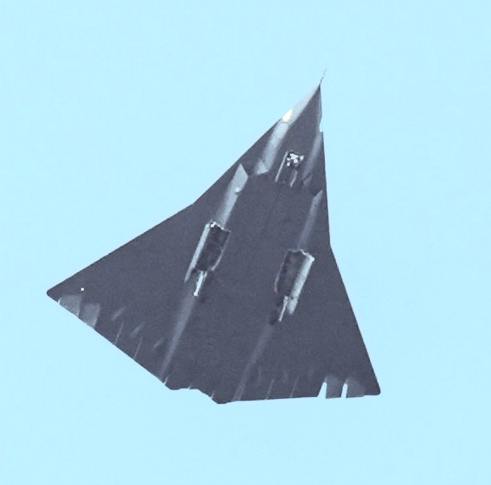
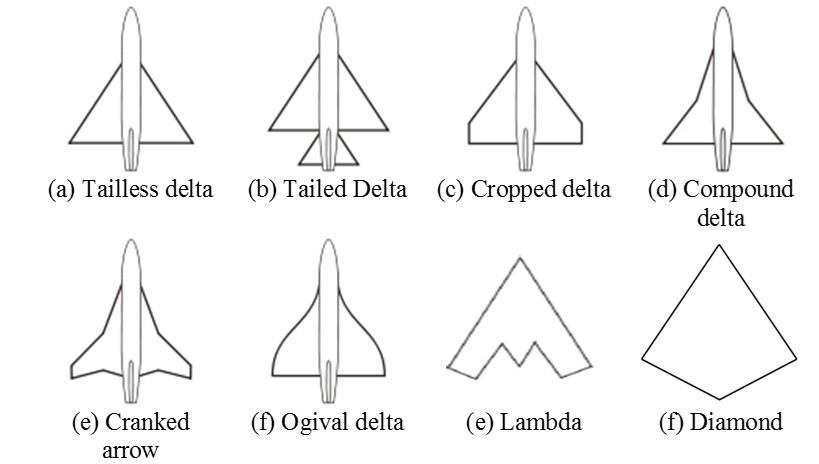
The J-36 fighter jet employs five trailing edge control surfaces on each wing, including two split flap rudders at outboard wing edges to enhance maneuverability.
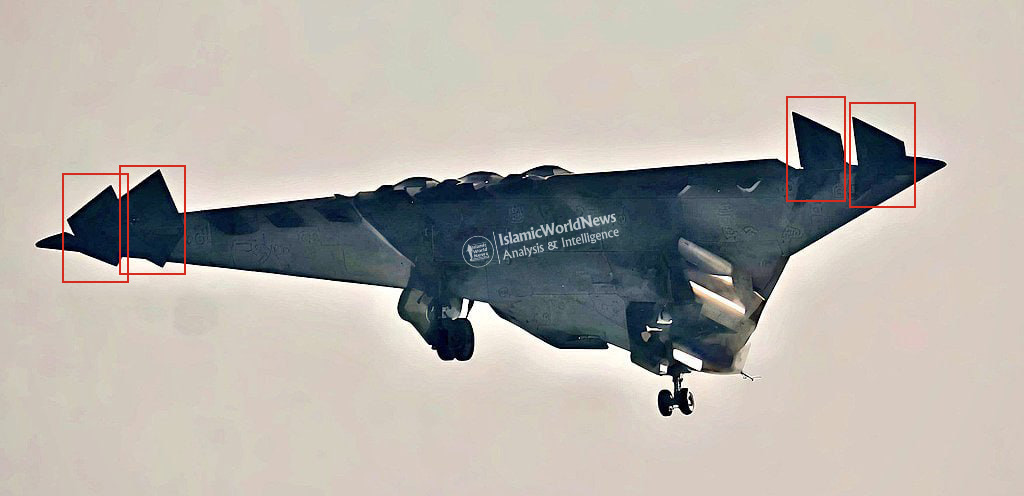
A notable aspect of the J-36’s design is its use of three low-radar section turbofan engines, with the two outboard engines likely featuring thrust vector control (TVC). The engine with a movable nozzle enhances the fighter’s maneuverability. The use of three engines is a unique and innovative choice for this type of fighter jet. Previous designs and previews depicted the J-36 with two engines, making the current configuration even more distinctive.
The J-36 features three air intakes: one located on top of the fuselage behind the cockpit, and two on the underside of the fuselage.
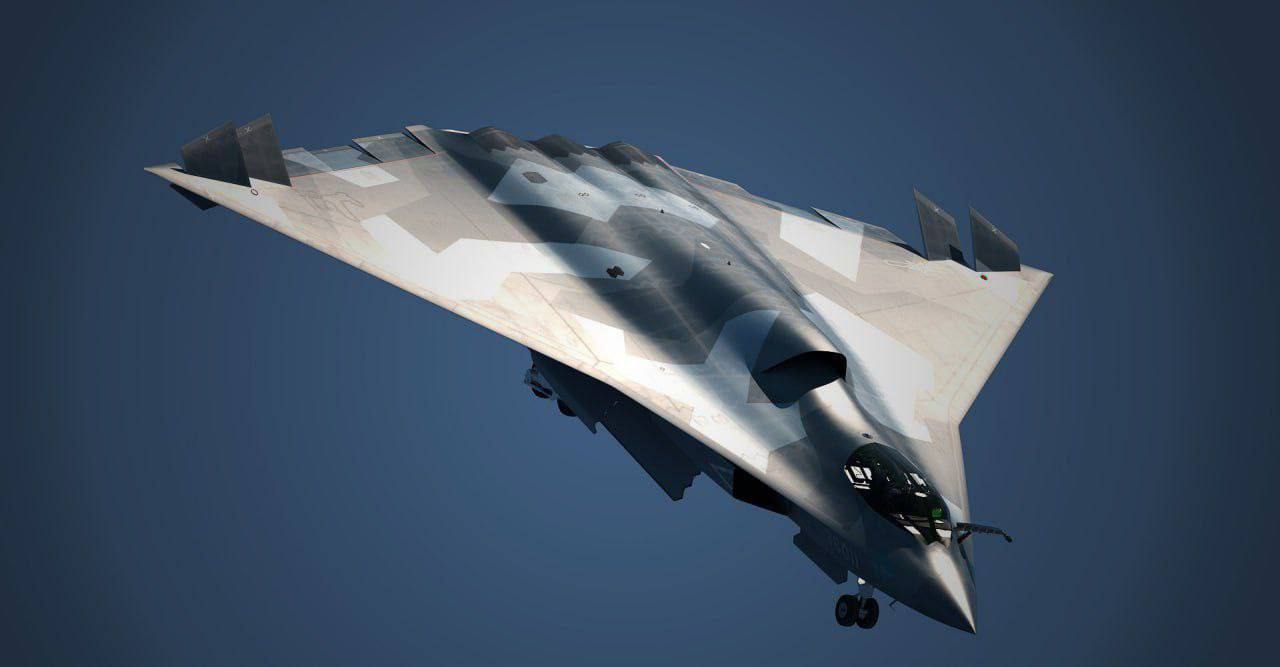
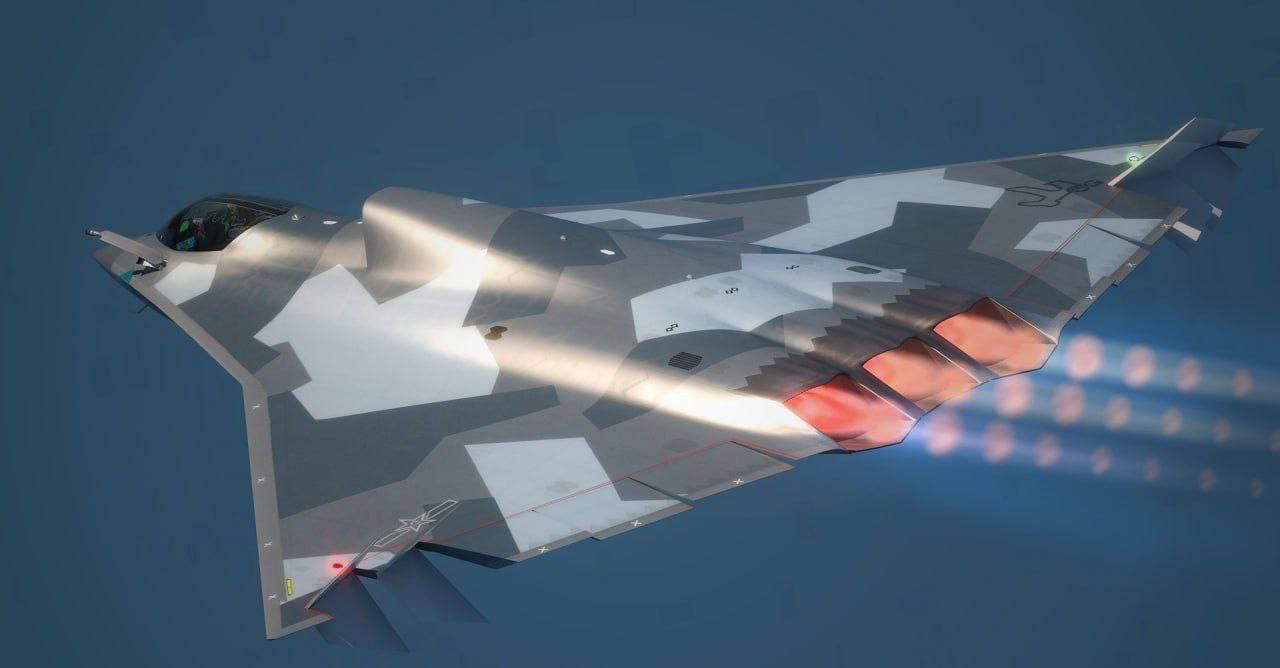
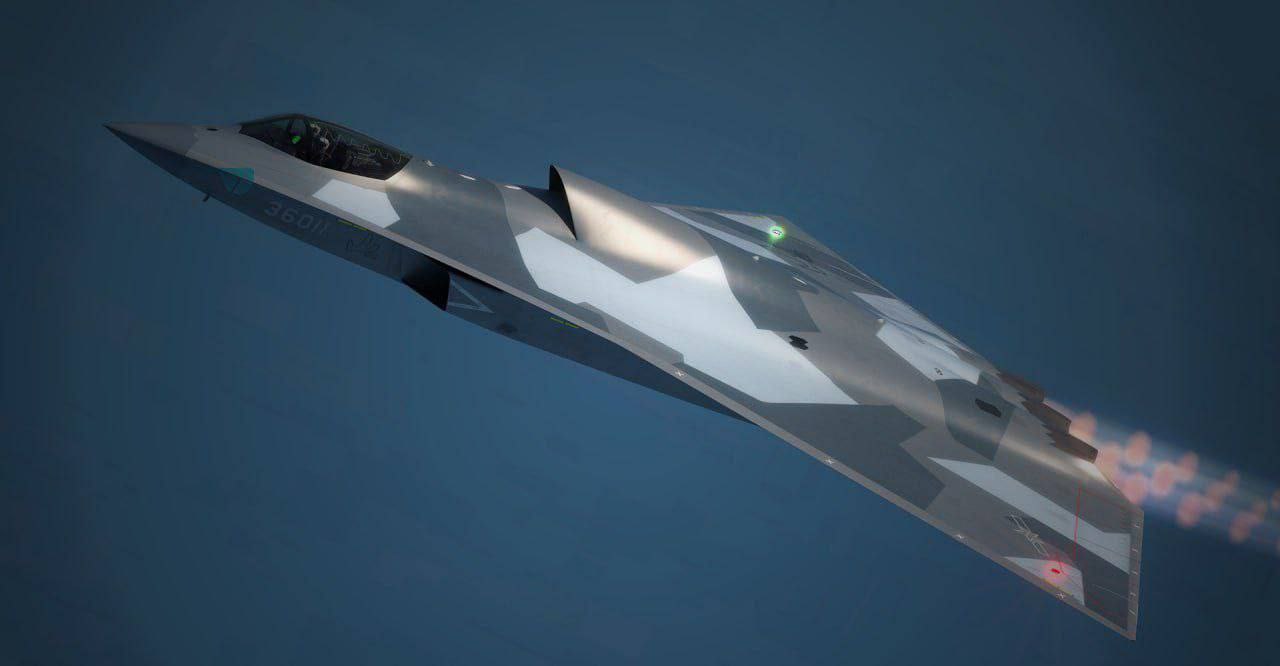
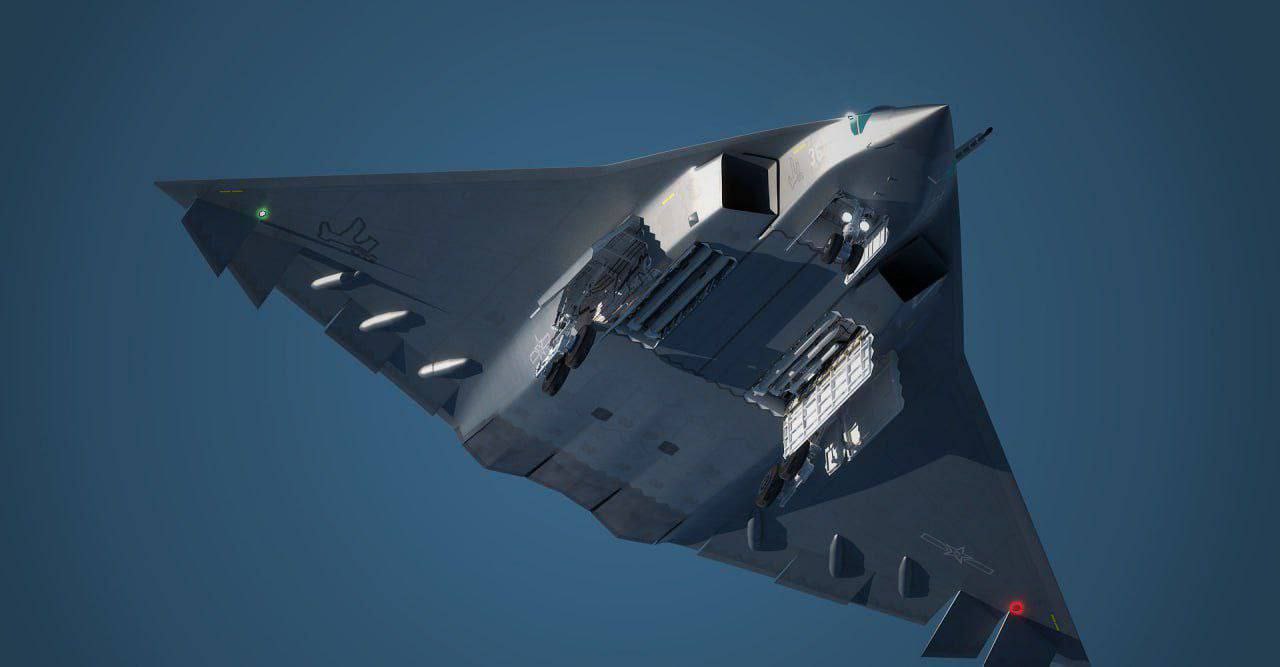
Based on available information, the J-36 fighter is estimated to be between 20 and 26 meters in length, with a wingspan of approximately 24 meters and a wing area of over 200 square meters. Its maximum takeoff weight is estimated to be between 45 and 55 tons.
Military experts estimate that J-36 can achieve speeds of Mach 2.5 and has a combat radius of approximately 3,000 kilometers, which is considered exceptionally long for a fighter jet.
The J-36 has three weapons bays. The large, central bay is approximately 7.6 meters long, and can accommodate missiles such as the PL-17 air-to-air missile or heavier air-to-surface missiles. There are two smaller bays under the J-36’s fuselage that can carry smaller missiles. Given the large ammunition bays, the J-36 is likely to also serve as a tactical bomber.
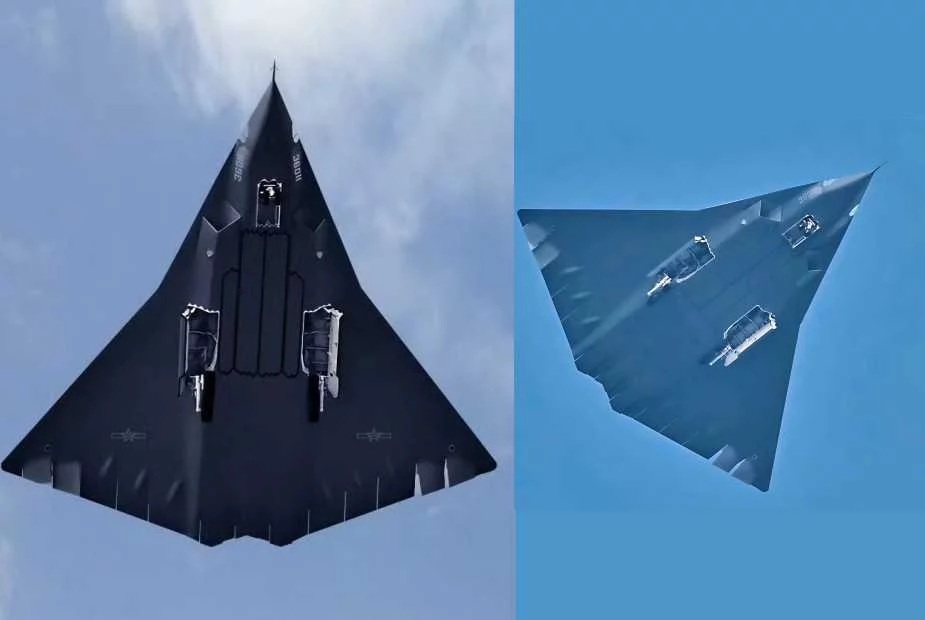
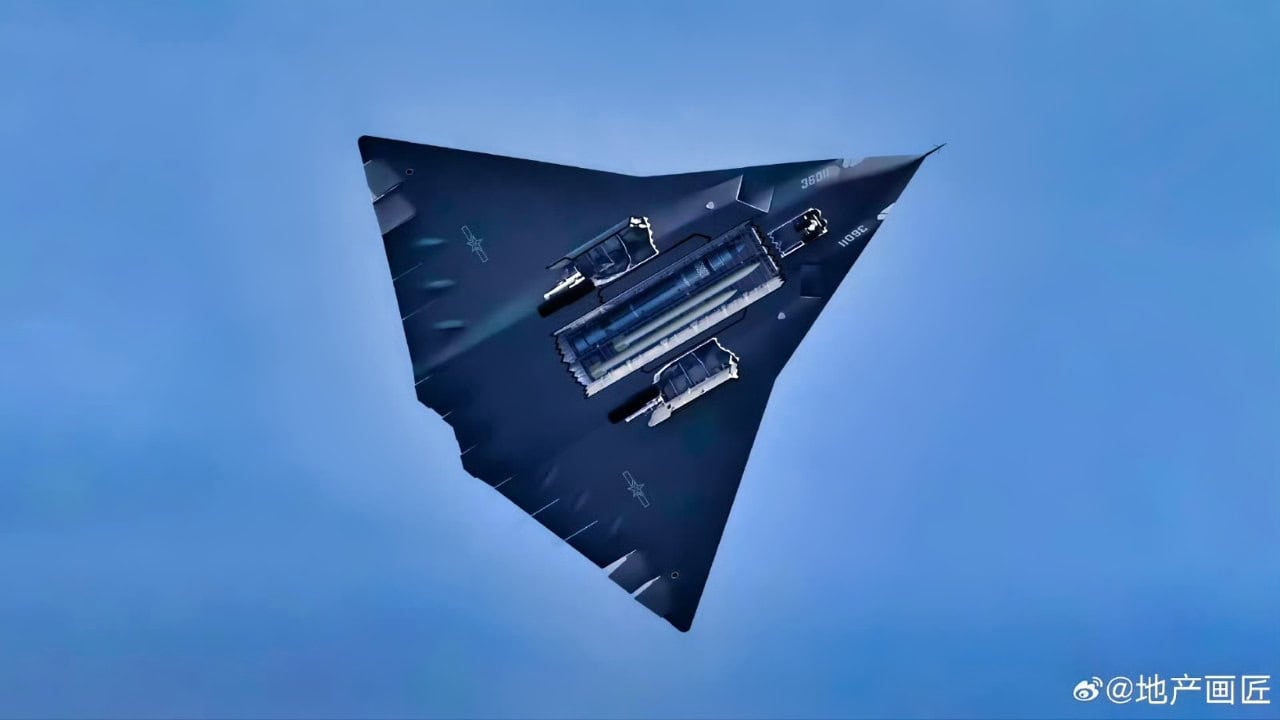

Another sixth-generation fighter from China is the J-50, developed by the Shenyang Aircraft Corporation (SAC). It was observed during a flight test over Shenyang on December 26, 2024.
The J-50 fighter jet also incorporates the specific airframe design characteristics of a sixth-generation fighter jet. This prototype features a combination of a delta configuration with a cranked-arrow design with sharply swept lambda wings with droopped wing tips.

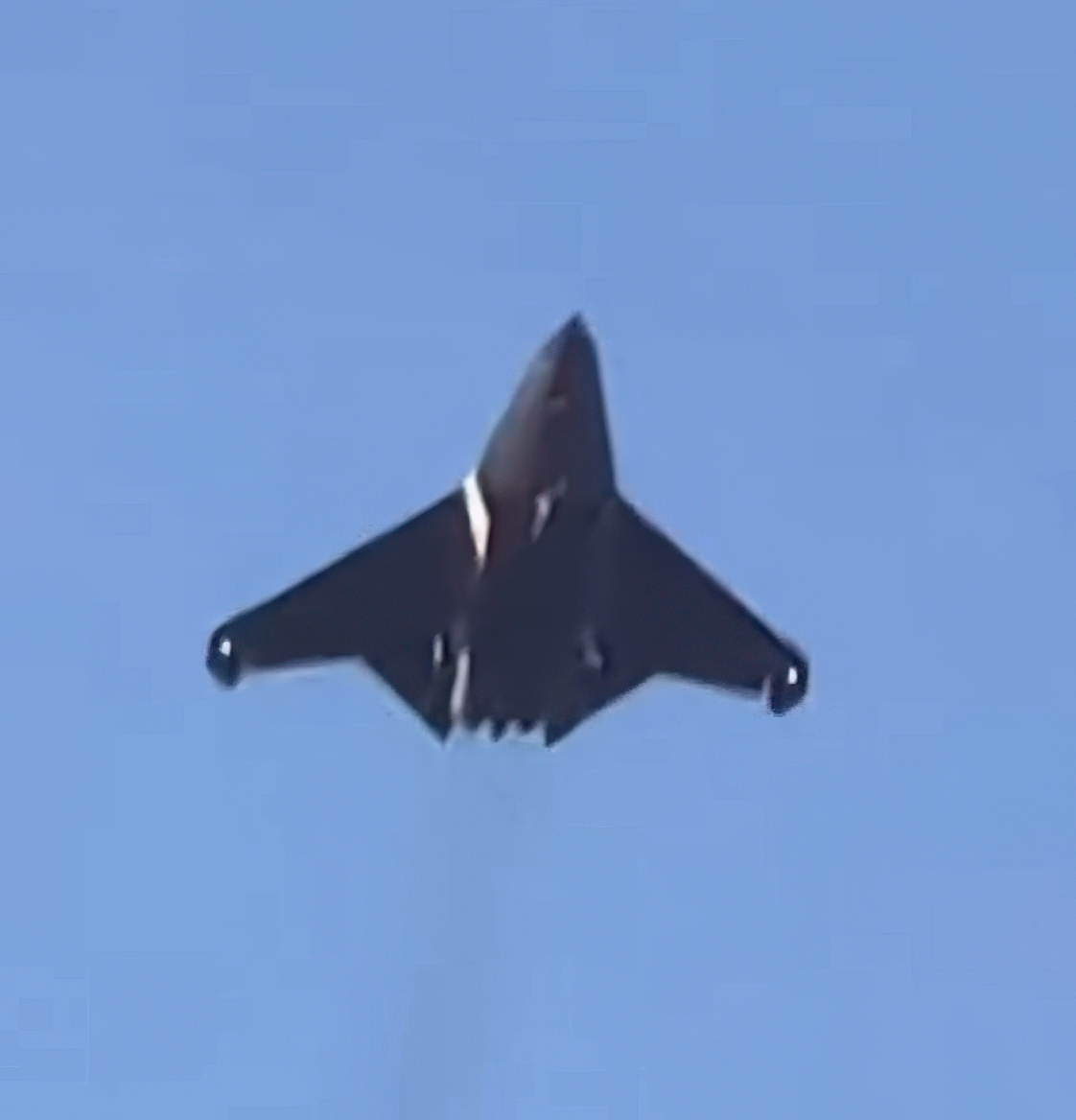
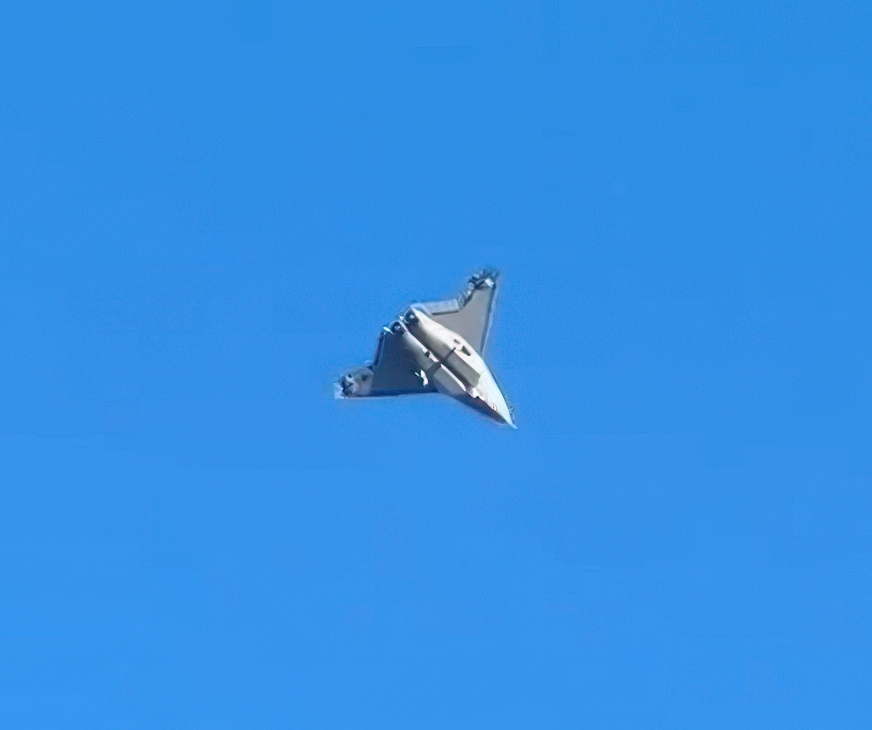
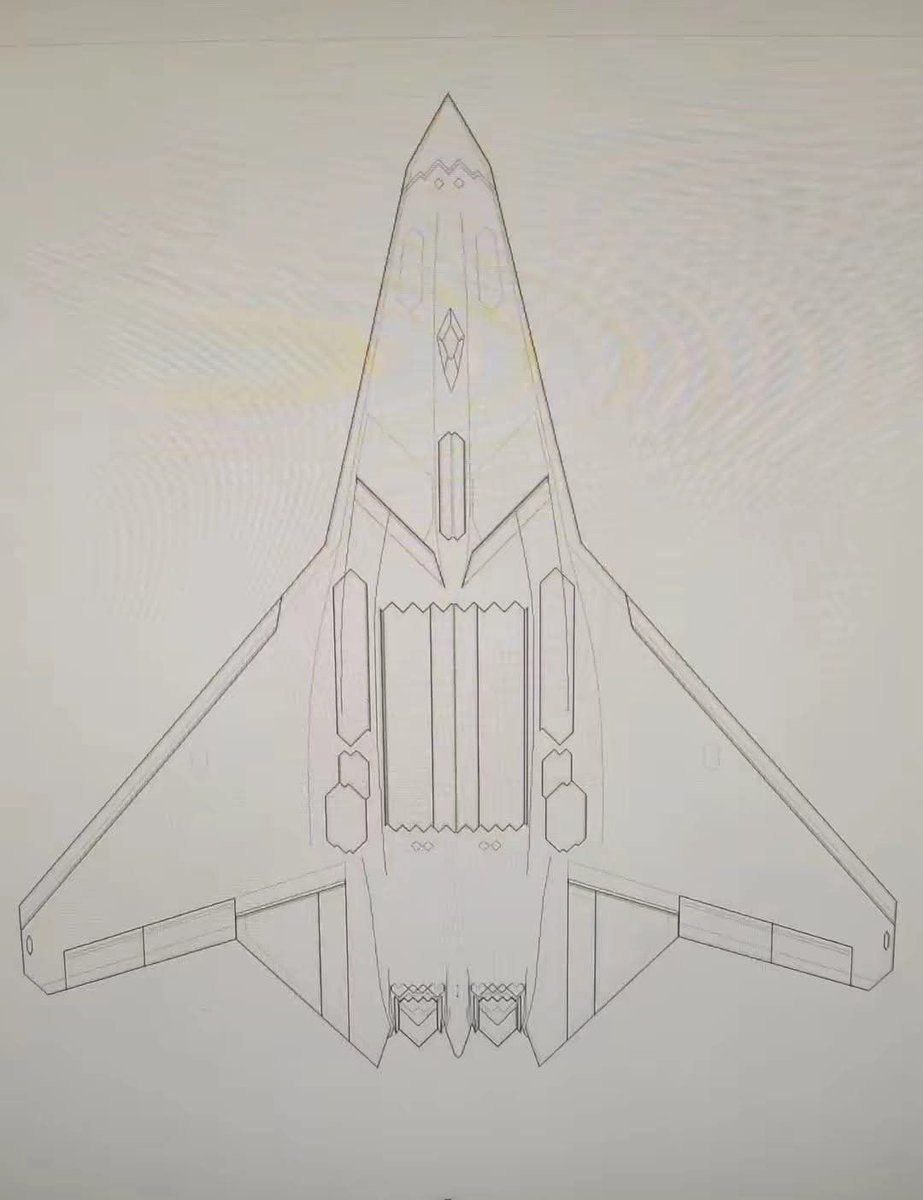
One fascinating aspect of the J-50’s airframe and aerodynamic design is its folding control surfaces. These surfaces can be folded and aligned horizontally along the wing, and when needed, they can be unfolded to act as two vertical fins. This feature enhances the fighter’s maneuverability and control in the absence of vertical rudders. The incorporation of this technology indicates that the J-50 is designed for both air superiority and strike roles.
Based on available information, the J-50 is approximately 22 meters in length, with a wingspan of 22 meters and a wing area of about 145 square meters. Its maximum takeoff weight is estimated to be around 40 tons. The J-50 can reach speeds of Mach 2 and has a combat radius of approximately 2,200 kilometers.
The J-50 fighter jet uses two engines and has two air intakes under the fuselage.
The J-50 is smaller in size compared to the J-36, resulting in smaller ammunition bays and the ability to carry fewer missiles. Its moderate size makes it more suitable for carrier-based operations.
It is important to note that the names of these two sixth-generation fighters have not been officially announced by their manufacturers. The names used, J-36 and J-50, are speculative and have been attributed by military experts.
In general, while initial information suggests that China has achieved sixth-generation fighter jet status with the J-36 and J-50, the exact roles and capabilities of these aircraft remain unknown. Sixth-generation fighter jets are distinguished not only by their unique appearances but also by critical internal components and advanced technologies such as engine design, control systems, and artificial intelligence, etc. which collectively define their true capabilities.
China has indeed made significant strides in military aviation, appearing to lead in the development of sixth-generation fighter jets. Meanwhile, the United States has been working on its own sixth-generation fighter under the Next Generation Air Dominance (NGAD) program, which has faced delays and challenges due to technical complexities and high costs. Western European countries and Japan are collaborating on two projects, Tempest and the Future Combat Air System, to keep pace in the sixth-generation fighter race. Russia is also developing a sixth-generation fighter known as the PAK DP/MiG-41.
Source:
Chengdu J-36
Chengdu J-50
J-50 Stealth Fighter Revealed
Delta Wing UAV
New Chinese Sixth-Gen Fighters

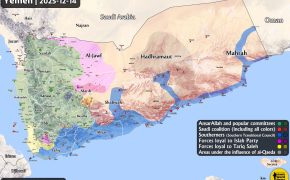


Comment